Last Updated: July 25, 2019 Ashwini
India holds a significant place in the list of countries with a rich culture and history. The Indian civilization also referred to as Indus Valley civilization is believed to date back to 3000 BCE. Over time, with a changing culture and heritage, various monuments and sites were erected by the rulers who ruled the local lands. Today, those ancient heritage monuments are revered by many archaeologists, historians, and art lovers. Being one of the most developed ancient civilizations, we have been documenting our history through ancient wall arts and cave paintings, monuments and forts. Today there are more than a thousand such historical sites in India. Many of these monuments have been declared a UNESCO World Heritage site in order to protect them from the decay over time. Later on, some national parks and wildlife sanctuary were also added to the list to preserve and boost the populations of endangered flora and fauna. We have compiled a complete guide to all the 30 heritage sites with all the interesting facts about them, so go now, check them out now.
Ajanta Caves, Aurangabad, Maharashtra

One of the oldest UNESCO World Heritage sites in India, the famous Ajanta Caves in Aurangabad can be dated back to around 200 BCE to 650 CE. A fine ancient masterpiece of rock-cut architecture, the caves also exhibit paintings and sculptures of the era. Ajanta caves, a collection of 30 caves, are a fine exhibition of Buddhist monuments. Believed to be built under two phases, first being under the Satavahana period under Satavahana Dynasty ruling from 230 BCE- 220 BCE and second being Vakataka period under the regime of King Harishena. The sculptures of Ajanta cave arts still have a revolutionary impact on how we trace the progress of art and architecture throughout the history. Carved in a horseshoe-shaped rock, major attraction of Ajanta caves are the Buddhist Monasteries inside the caves. Some of the most famous caves are Cave 1, 2, 4 and 17 which exhibit the original Bodhisattva wall murals and intricately carved wall paintings and terrace paintings.
Year of Induction into UNESCO World Heritage List: 1983
Category of UNESCO World Heritage List: Cultural — exceptional testimony to a cultural tradition which lives or ever lived and Masterpiece of Human creative genius and of cultural significance.
Ellora Caves, Aurangabad, Maharashtra

An integral part of Indian history and one of the oldest UNESCO World Heritage sites in India, the caves lie 30 km from the city of Aurangabad. Ellora caves just like Ajanta caves exhibit some of the oldest rock cut arts. Exhibiting a scattered design, the total number of caves are estimated to be more than 100. One can trace the presence of various religions such as Hinduism, Buddhism, Jainism which can be seen in the presence of various temples within the complex. The perfect example of coexistence, the caves display blend of different faiths that were coexisting together. The art forms of the caves can be dated back to 600-1000 AD. the most famous attraction of Ellora cave is the cave 16, a.k.a Kailash temple dedicated to Lord Shiva. The cave 16 is the largest single monolithic rock excavation in the world.
Year of Induction: 1983
Category: Cultural — exceptional testimony to a cultural tradition which lives or ever lived and Masterpiece of Human creative genius and of cultural significance.
Agra Fort, Agra, Uttar Pradesh
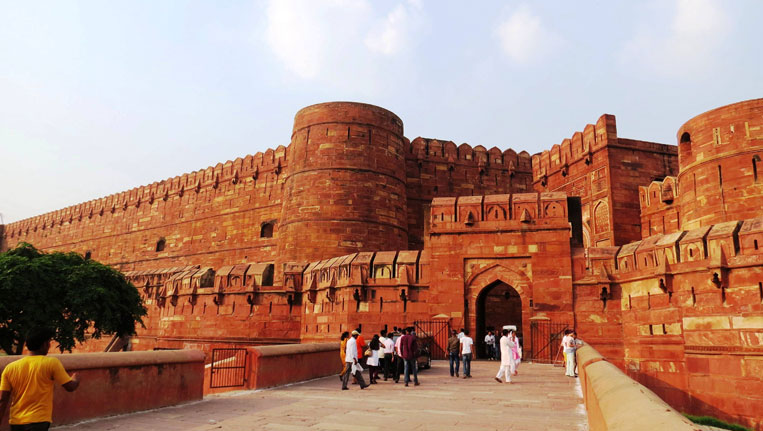
Constructed in the vicinity of Taj Mahal, the pride of North India and Uttar Pradesh, Agra is one of the many Mughal architectural cities in India. A palace of Ibrahim Lodi, the fort was later converted to a Mughal palace for Babur. The fort was the king’s home till the time Agra was the capital of Mughal empire. The Agra Fort exhibits the blend of Persian and Indian art forms. The major attractions of Agra Fort are Diwan-I-Am which was a hall used for public meeting with emperor, Moti Masjid was a worshipping place which is closed for public, Akbar Mahal is now turned into ruins which once housed the emperor Akbar and various others monuments such as Sheesh Mahal, Khas Mahal, Diwan-e-Khas, Nagina Masjid.
Year of Induction: 1984
Category: Cultural — exceptional testimony to a cultural tradition which lives or ever lived
Taj Mahal, Agra, Uttar Pradesh

One of the most beautiful World Heritage sites, the Taj Mahal, is also one of the seven wonders of the world. Constructed by Mughal emperor Shah Jahan, this world symbol of love today attracts thousands of tourists every month. Built on the bank of the river Yamuna in Agra, Taj Mahal was built at the cost of INR 32 million and today it is estimated to be around INR 58 billion. The jewel of Mughal architecture, the Taj Mahal is the pride of India heritage sites.
Year of Induction: 1983
Category: Cultural — Masterpiece of Human creative genius and of cultural significance.
Sun Temple, Konark, Odisha
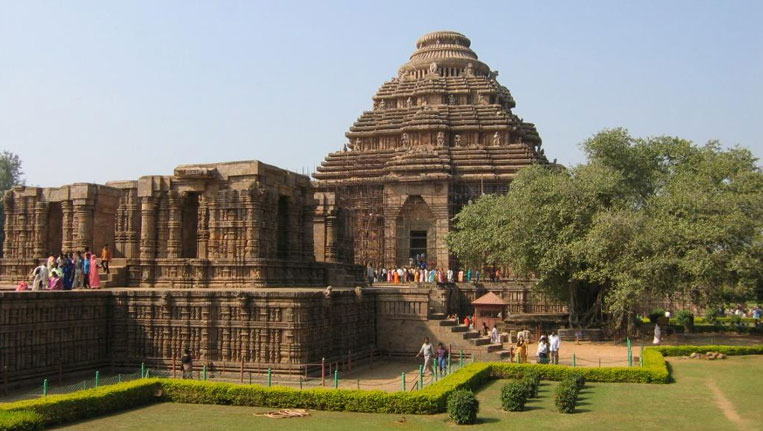
One of the most revered spiritual heritage sites in South India, the Sun temple in Konark is a feat of architecture. Made by the 13th century King, Narasimhadeva of the Eastern Ganga Dynasty, the entire temple complex is of the shape of a chariot. Although the temple is now in ruins, the main dome of the temple used to be 200 m high. Dedicated to the deity of God Surya, today it is one of the most sacred sanctuaries for Brahminism. The destruction of the Sun temple is still a mystery and not clear as to who is responsible for it. The temple was originally believed to be built on the bank of Chandrabhaga River. An epitome of the Kalinga style of architecture, the temple is an exhibition of rich culture and history of India.
Year of Induction: 1984
Category: Cultural
Group of Monuments at Mahabalipuram, Tamil Nadu
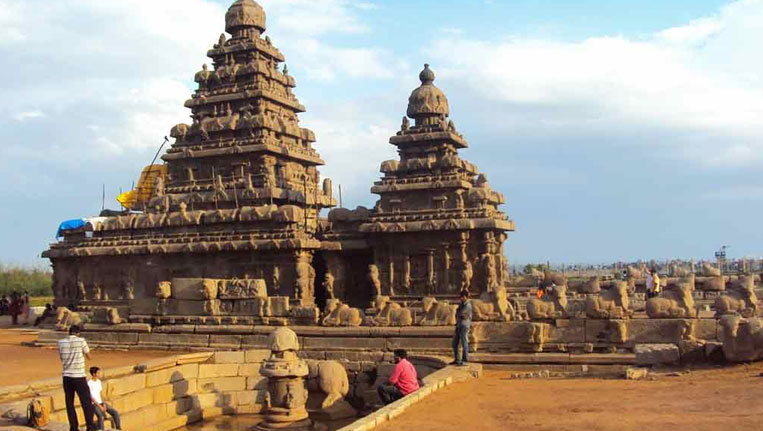
Situated in the town of Mahabalipuram, the temple complex lies 60 km from the state capital, Chennai. The temples are one of the most popular heritage sites in India and are believed to be built under the reign of the Pallavas rulers during 7th century CE. The complex has round 400 temples. It involves one of the largest rock relief, The Descent Of Ganges. The complex is the most visited heritage site in South India. Major tourist attractions in Mahabalipuram temple complex are the famous Rath temple, whose design resonate with an actual horse carriage; cave temples which are made by carving out stones. The cave temples are an exuberant display of wall paintings and wall art. The rock reliefs also attract many devotees and historians every year.
Year of Induction: 1983
Category: Cultural
Kaziranga National Park, Assam

Famous for its dedication towards protecting the population Rhinos, the gem of North-East India, Kaziranga National Park is one of the rawest natural areas in India. Believed to be the brainchild of Lord Curzon who was asked by his wife to do something about the Rhino population after she couldn’t spot any in the region, Kaziranga was formed. The park lies in the floodplains of the expansive Brahmaputra River. The Kaziranga Wildlife sanctuary is home to 15 endangered species of fauna including Rhino, Capped langur, Water Buffalo, Tiger, Sloth Bear, Ganges Dolphins etc.
Year of Induction: 1985
Category: Natural — containing important and significant natural habitats for conservation of biological diversity, including those declared an endangered species
Manas National Park, Assam
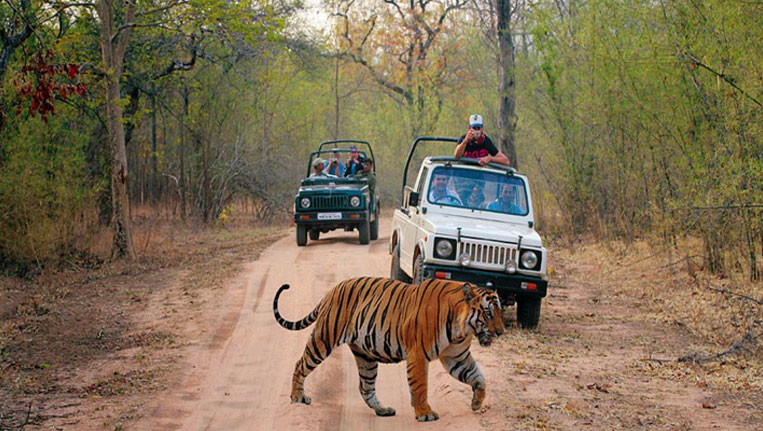
A jewel in the crown of North-East India, Manas National Park lies in the beautiful state of Assam. Declared as a UNESCO World Heritage site in 1990, the reserve is a haven for endangered flora and fauna. The name of the sanctuary is derived from the name of the Hindu Goddess Manasa and the river Manas which flows through the Manas National Park. The sanctuary is a Biosphere Reserve, Elephant reserve, the tiger reserve and home to many endangered animals like Golden Langur, Assam Roofed Turtle and Hispid Hare along with one-horned rhinos. Spread over 500 km square, Manas Wildlife is a must-see for every wildlife lover.
Year of Induction: 1985
Category: Natural — containing important and significant natural habitats for conservation of biological diversity, including those declared an endangered species and the area of exceptional natural beauty.
Churches and Convents of Goa
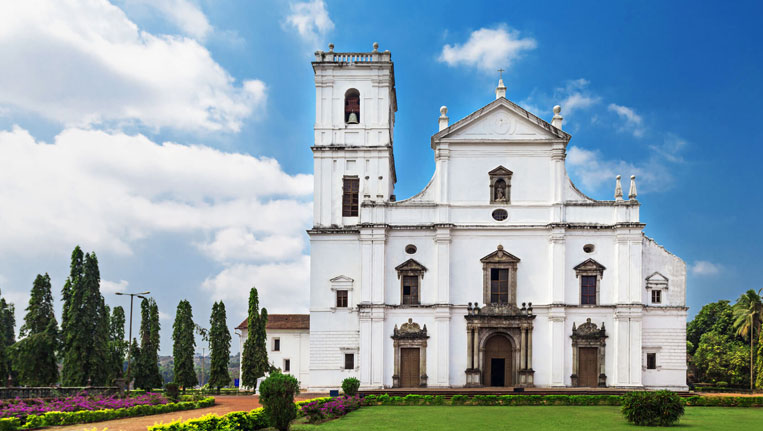
A UNESCO World Heritage Sites That Every Architect Must Visit in India, the churches of Goa are a lot more than its religious significance. Goa is famous for its culture and every year tourists flock from all over the world to soak in the Goan culture. The culture that Goa possesses dates back to the entry of Portuguese to India, which also marked the introduction of Christianity to the Indian subcontinent. Several churches and convents were established during the time of Portuguese. The churches and convents in Goa are a collection of famous convents like The Church Of Our Lady Of Rosary, Cathedral Of Goa, Basilica of Bom Jesus, Chapel of Santa Caterina, Church of St. Augustine, Church of Divine Providence and Church of St. Francis of Assisi. Church Of Our Lady Of Rosary is one of the oldest churches in India and Cathedral Of Goa is one of the biggest churches in India. Due to their unique architectural designs and an epitome of fusion of two cultures, the churches and convents of Goa were declared as a UNESCO World Heritage site in India.
Year of Induction: 1986
Category: Cultural — Exhibition of an important interchange of human values and religious significance.
Group of Monuments at Hampi, Karnataka
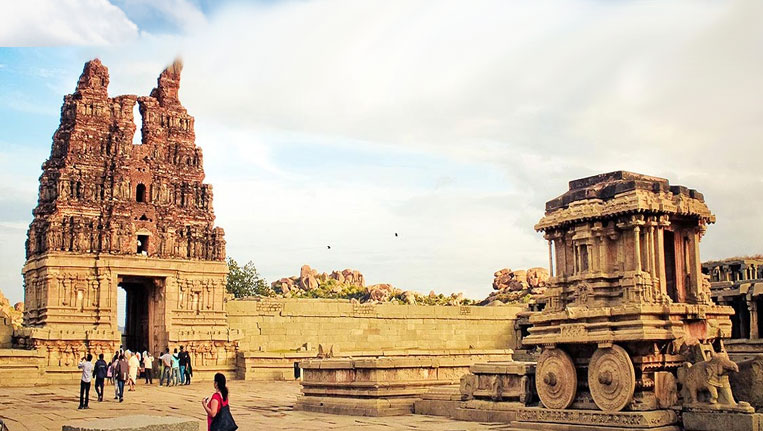
One of the most famous tourist attractions in India, Hampi is located in the northern part of Karnataka. The monuments of Hampi lies in the ruins of the ancient kingdom of Vijayanagar. The ruins of Hampi monuments are a depiction of the Dravidian style of architecture and art. Virupaksha temple is one of the most sacred heritage sites in the entire complex. Some other famous temples are Krishna temple complex, Hemakuta temple, Ganesha temple, Narasimha temple. Every year tourists come to witness the divinity of the temple complex and soak in the tranquillity of the surrounding areas.
Year of Induction: 1986
Category: Cultural
Khajuraho Group of Monuments, Madhya Pradesh
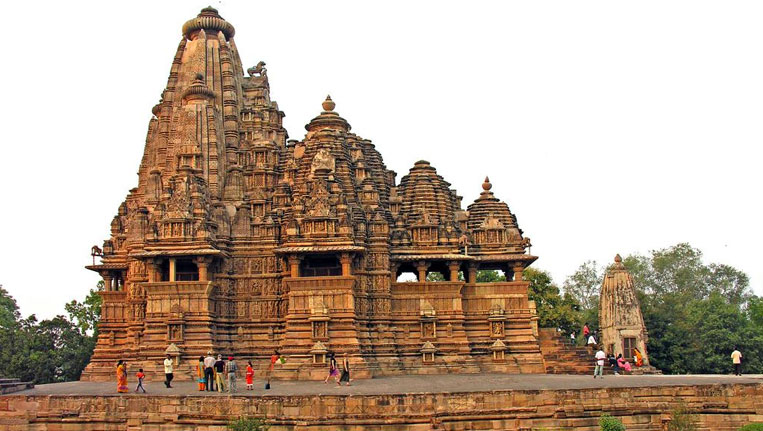
Madhya Pradesh boasts some of ancient cultures and traditions of India and Khajuraho group of monuments is one such beauty. One of the most important UNESCO World Heritage sites in Central India, Khajuraho exhibits some of the oldest Hindu and Jain temples in the heart of India. 370 km from the state capital, these famous temples are hailed for their Nagara symbolism and erotic sculptures and figures. The origin of the temple is believed to be around 950-1050 AD under the Chandela dynasty. The sensuous and bold stone carving of animals and humans in erotic poses are an aesthetic treat and also a testimony of our rich cultural heritage. Some of the famous stone carvings are Kamasutra which are present on all temples’ walls, apart from Kamasutra look out for Shikaras on Mahadeva Temples. Nandi Statue on Vishwanatha temple is also an important spot in Khajuraho group of monuments.
Year of Induction: 1986
Category: Cultural
Fatehpur Sikri, Uttar Pradesh
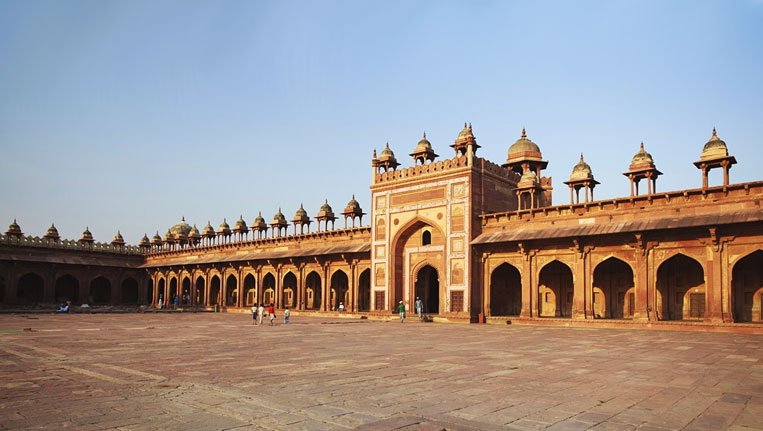
The name denotes the victory (Fateh) of Mughal emperor Akbar over Chittor and Ranthambore. One of the famous historical tourism places in Agra, Fatehpur Sikri consists of four main monuments. The first one is Jama Masjid with the second being Buland Darwaza. The wood used in Buland Darwaza is unique and is believed to be imported from Australia. Panch Mahal is the third monument of the complex. Diwan-e-Aam and Diwan-e-Khas are the last one. Resonating with all other Mughal monuments, Fatehpur Sikri is a major tourist attraction in Uttar Pradesh apart from the famous Taj Mahal. The monument is an exuberant celebration of Akbar over his rivals and the monument is reminiscent of it. Housing the graves of some of the prominent Mughal Army personalities, the monument is of great significance for Mughal heritage study.
Year of Induction: 1986
Category: Cultural
Elephanta Caves, Mumbai, Maharashtra

Located on an Island in the Arabian Sea, one of the most popular tourist attractions in India, Elephanta caves is foremost dedicated to the Hindu God Shiva. The entire complex of caves on the Elephanta Island is knowns as Gharapuri. Known for their rock-cut sculptures and carvings of Shiva. Shiva in Hindu religion is referred as destroyer of everything. The natural sites of Elephanta caves offer an insight into the history and traditions of Indian civilization. The major attraction of elephanta caves are Cave 1 which is also referred as main cave, which exhibits the wall art narrating the mythologies of Hinduism. Shiva is an integral part of this cave. The other attractions are caves 6 and 7 which are famous Buddhist caves, exhibiting the evolution of literature and teachings of Buddhist religion. Just 10 km from the coast of Mumbai, the tourists can take a ferry ride and reach the caves.
Year of Induction: 1987
Category: Cultural
Great Living Chola Temples, Thanjavur, Tamil Nadu
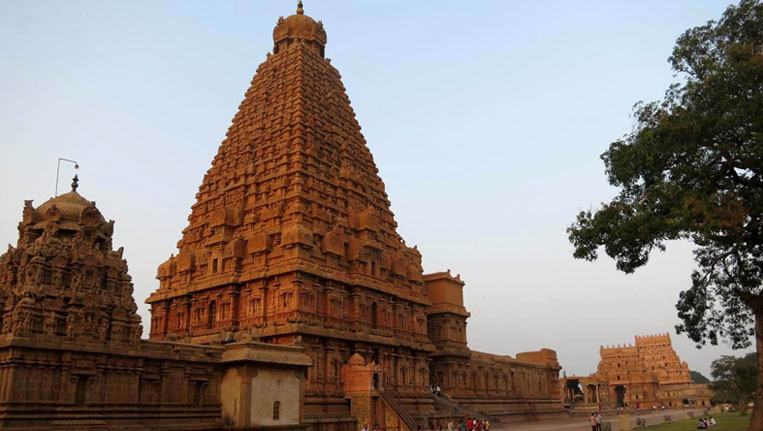
Built during the rule of the Chola empire, the entire temple complex is a major heritage tourism in South-Indian state of Tamil Nadu. The temple complex majorly comprises of Temples such as Airavatesvara, the temple of Gangaikonda Cholapuram and Brihadisvara temple. The temples are the embodiment of Chola architecture and art. Brihadisvara is considered to be the most ambitious temples of all, made by Chola king Raja Raja I. Housing the linga of Lord Shiva, the Brihadisvara is the most famous of all the three temples. The temple of Gangaikonda Cholapuram was made by Raja Raja I to memorialize his victory over Northern rulers. The third temple is Airavatesvara temple, dedicated to lord Shiva made by Raja Raja II. All the three temples are an architectural marvel considering its grandeur and year of construction. The temples still stand tall hosting devotees every year. Every year various traditional festivals are held in these temples which are witnessed by lakhs of devotees in this UNESCO World Heritage site.
Year of Induction: 1987
Category: Cultural
Sundarban National Park, West Bengal
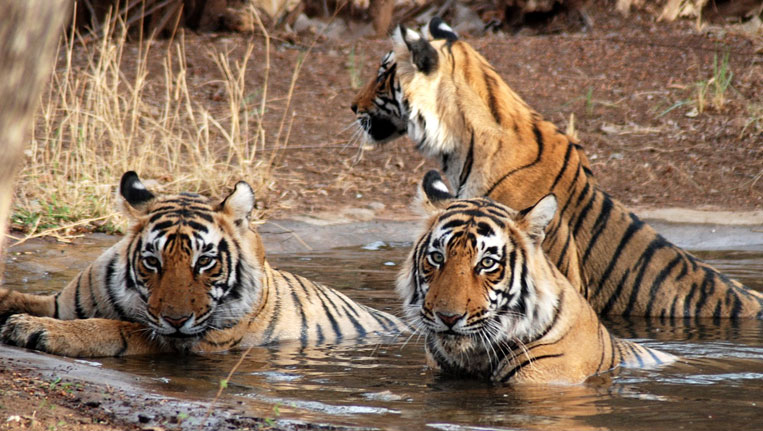
Known as the Tiger reserve of India, in the state of West Bengal, Sundarban National Park is famous for its Tiger population and Biosphere reserve. Situated on the Sunderban deltas which are formed by the confluence of River Ganga in the Bay of Bengal, Sundarban is India’s largest mangrove forest reserve. A haven for the Royal Bengal Tiger, Sundarban provides shelter to many species of flora and fauna including Gangetic dolphins, wild boar, and spotted deer. Rare yet majestic saltwater crocodile is another attraction of the reserve.
Year of Induction: 1984
Category: Natural — significant to ongoing ecological process and home to endangered species necessary for the natural cycle.
Nanda Devi National Park and Valley of Flowers National Park, Uttarakhand
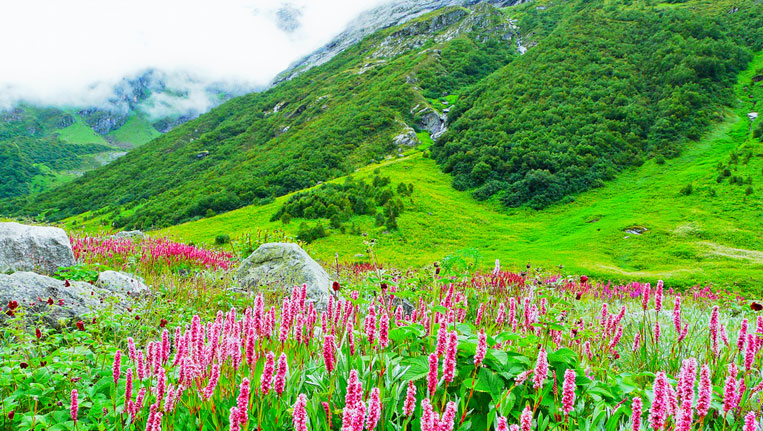
Declared a UNESCO World Heritage Sites in India, initially only the Nanda Devi National Park was declared as a UNESCO heritage site and later on in 2005, Valley of Flowers was also added to the exisiting heritage site of Nanda Devi National Park. The valley of flowers is one of the many national parks surrounding the Nanda Devi peak. The national park stretches over an expanse of 87.50 km2 and it is about 8 km long and 2 km wide and lies 3400 m above sea level. Every year a number of tourists flock to the valley to rejuvenate in the tranquil beauty. The picturesque valley offers a variety of flower spread over the entire valley like a bedsheet. Home to many species of flora and fauna, Valley of Flowers is an integral part of Indian Wildlife ecosystem. Combined together, Nanda Devi National Park and Valley of Flowers National Park contribute a major part to the ecosystem of Himalayas, protecting many species of Flora and Fauna.
Year of Induction: 1989
Category: Natural — contains areas of exceptional beauty and containing important and significant natural habitats for conservation of biological diversity, including those declared an endangered species.
Buddhist Monuments at Sanchi, Madhya Pradesh

The group of Buddhist monuments at Sanchi is India’s oldest preserved stone structure. Located 45 km from the state capital, Bhopal, Sanchi is an important monument in the context of Indian architecture. Constructed by the Great Ashoka in 3rd century BCE, the monuments are an integral part of Buddhist philosophy and religion. The stupa was, however, vandalized during 2nd BCE which was renovated during the Satavahana period. The complex consists of various other temples and monasteries. A major Buddhist attraction, today it is a famous heritage travel destination. Ashoka being a Buddha follower constructed various monuments like the famous Ashoka pillar and Temple 40. Many other rulers constructed various other Buddhist monuments like three Stupas and Sunga Pillar which serve as the major tourist attraction in Sanchi.
Year of Induction into UNESCO World Heritage List: 1988
Category of UNESCO World Heritage List: Cultural — exceptional testimony to a cultural tradition which lives or ever lived, Masterpiece of Human creative genius, an example of traditions of human settlements, religious significance and of cultural significance and exhibition of an important interchange of human values.
Humayun’s Tomb, Delhi
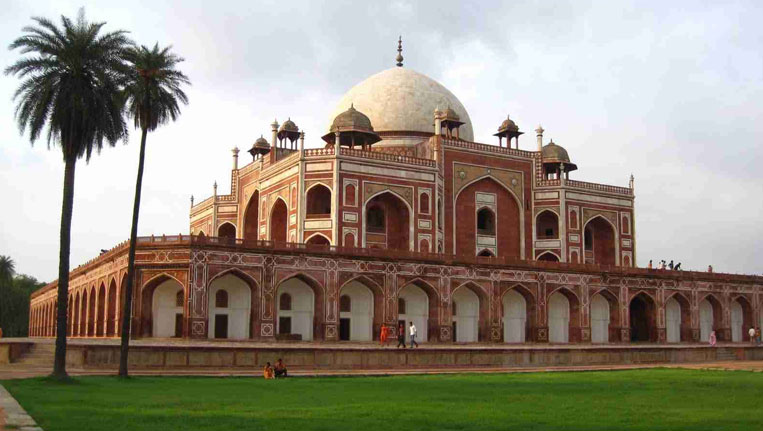
One of the major tourist attractions of Delhi Tourism, the tomb of the famous Mughal emperor Humayun was commissioned by his first wife, Empress Bega Begum, in 1569. Today a site for every heritage walk, Humayun’s tomb is a top tourist attraction of Delhi with many domestic and international tourists visiting it every day. It was declared a World Heritage Site in 1993 by the UNESCO and this has resulted in the historical monument gaining huge popularity. There are many other small monuments on the premises of Humayun’s tomb such as Isa Khan’s tomb which was built prior to the Humayun’s tomb.
Year of Induction: 1993
Category: Cultural
Qutub Minar and Monuments, Delhi
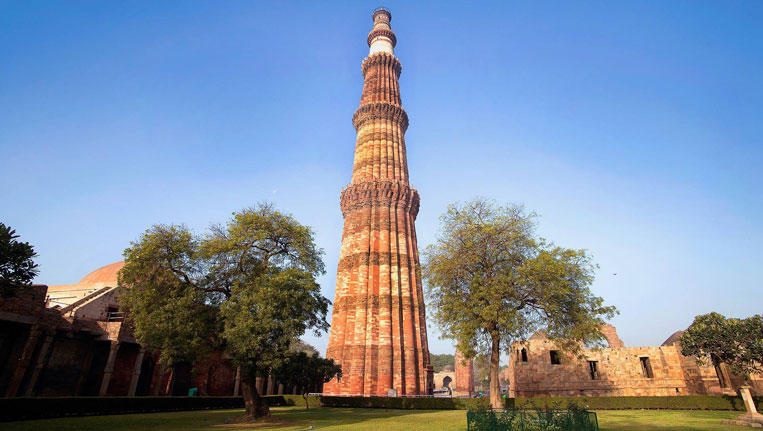
The entire Qutub complex of monuments was declared as a UNESCO World Heritage Site. Qutub Minar is one of the oldest remaining monuments in India. Commissioned by Qutub al-Din Aibak in 1192, the famous monument in Delhi was completed by his successor Iltutmish in 1220. It is made of red sandstones and marbles. The maximum height is 73 meters. An architectural marvel of medieval times, the Qutub Minar has a total of 379 stairs to climb to the top. It is believed that the top of the structure was destroyed by a lightning which was further renovated and reconstructed by Firoz Shah Tughlaq. He also began a construction of a new tower. Inside the complex there are many other monuments like Quwwat-ul-Islam mosque, Iron Pillar, Tomb of Iltutmish, Ala-ud-din Khilji’s Tomb and Alai Minar.
Year of Induction: 1993
Category: Cultural
Mountain Railways of India
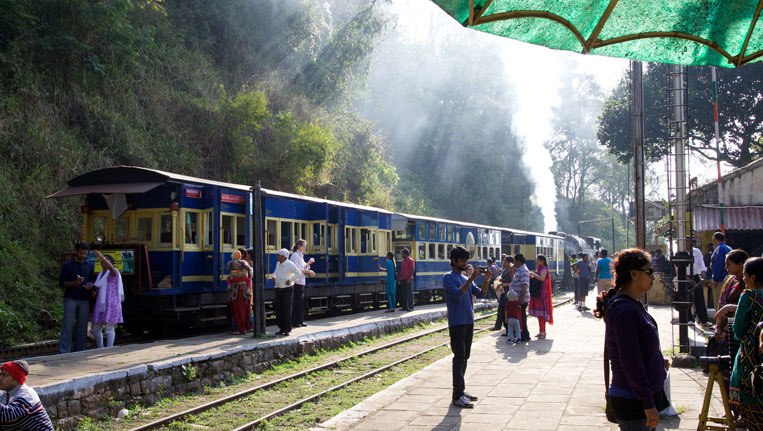
Indian railway at present run 5 operational narrow-gauge railway lines, known as Toy Trains. Out of the five, three have been declared as UNESCO world heritage sites. The three-heritage route are Darjeeling Himalayan Railway, Kalka- Shimla Railway, and Nilgiri mountain Railway. A heritage tour is what these trains offer, giving tourists through some of the most astounding views of the surrounding valleys. Every year thousands of Indians, as well as international tourists come to experience the joy of these toy train rides.
Year of Induction: 1999
Category: Cultural
Mahabodhi Temple Complex, Bodhgaya, Bihar
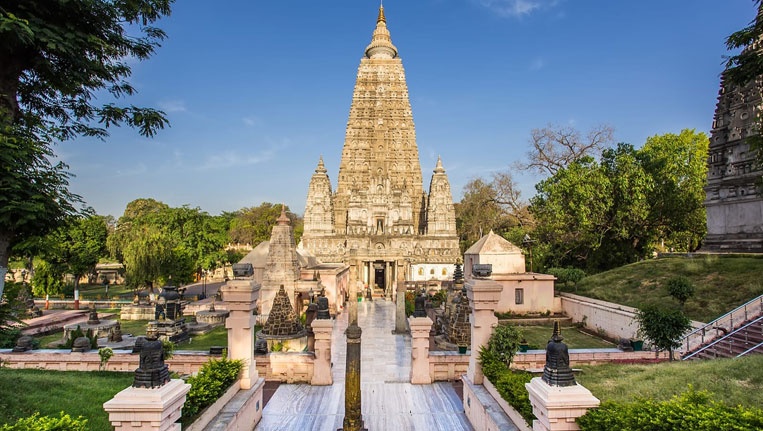
The holy grail of Buddhism, Mahabodhi temple is one of the most sacred sites related to Buddha. The place where Lord Buddha attained enlightenment, the temple complex witnesses Buddhist followers from all over the globe. Built by Ashoka the Great in 250 BC, it is also one of the earliest temples in the world. The Bodhi tree under which Buddha sat is still preserved and the temple is where one can get an insight into Buddhist teachings and practices. With chants of ”Buddham saranam gacchami, Dhammam saranam gacchami, Sangham saranam gacchami” reverberating in the complex one can feel at peace in this temple. Declared a UNESCO World Heritage site in 2002, Mahabodhi Temple is important to Bihar tourism.
Year of Induction: 2002
Category: Cultural — exceptional testimony to a cultural tradition which lives or ever lived, Masterpiece of Human creative genius, an example of traditions of human settlements, religious significance and of cultural significance and exhibition of an important interchange of human values.
Chhatrapati Shivaji Terminus, Mumbai
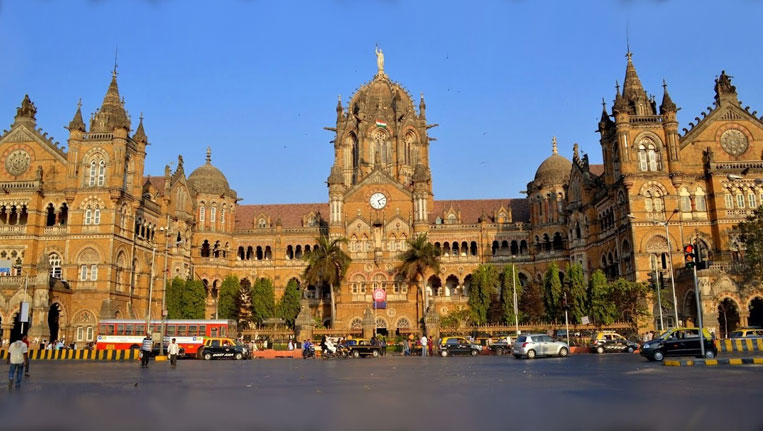
Victoria Terminus which was renamed to Chhatrapati Shivaji Terminus is today the functional headquarters of Central Railway in Mumbai. Inspired by the Mughal architecture and Greek Revival architecture, Frederick William Stevens made the famous UNESCO World Heritage site in the year 1878-88. Though inspired by various architectural marvels, Victoria terminus is the blend of the Western elements and Indian palace designs.
Year of Induction: 2004
Category: Cultural
Champaner-Pavagadh Archaeological Park, Gujarat
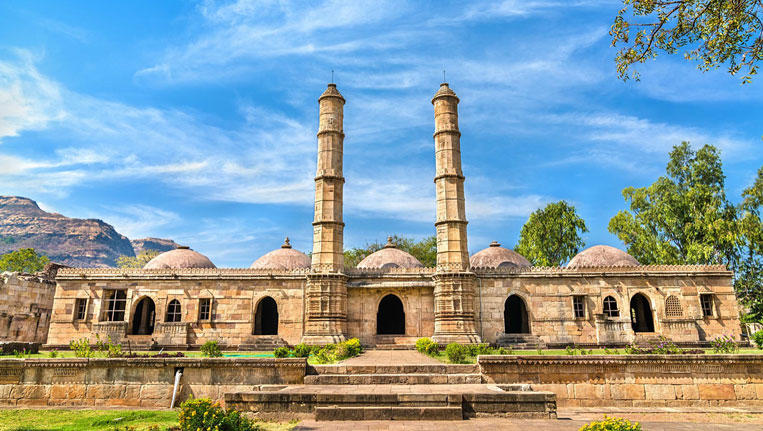
Located in the Panchmahal district of Gujarat, Champaner-Pavagadh Archaeological Park is one of the most pristine UNESCO World Heritage sites in West India. Centered in Muhammadabad or modern day Champaner, the complex was built by Sultan Mahmud Begada. It houses a total of 11 different types of heritage monuments including temples, mosque, tombs, and fortresses. The depiction of the transition of the Hindu heritage to Muslim architecture portrays the historical transition of India. There are total of 114 monuments in the area out of which 39 are maintained by ASI. Some of the famous monuments inside the complex are Sakar Khan’s Dargah, Sahar ki Masjid, Main Fortress and walls and the fort of Pavagadh and ruined Hindu and Jain temples on the top of Pavagadh hills.
Year of Induction: 2004
Category: Cultural
Red Fort Complex, Delhi
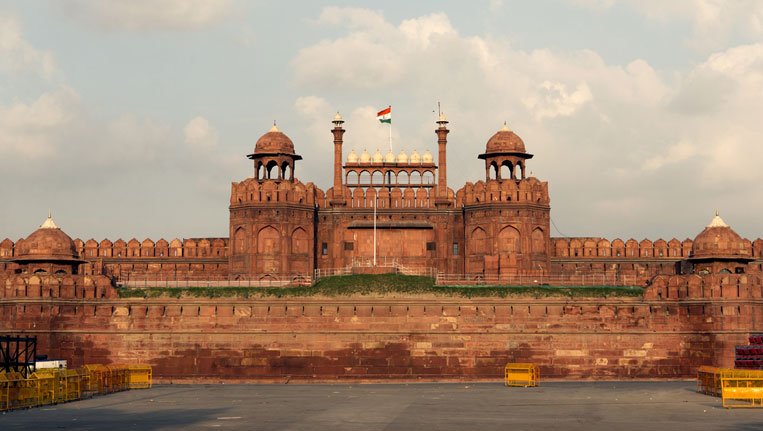
Delhi boasts many historical and architectural marvels but the feather in its hat has to be the Red Fort. One of the most popular monuments, made by Mughal Emperor Shah Jahan, the fort served as a Mughal palace for almost 200 years. Not just a palace, this was also the cultural and strategic centre of Mughal empire. Made of red sandstones, the Red Fort is purely an architectural marvel based on Mughal design. Holding special significance in Indian Freedom struggle, Pandit Nehru, First Prime Minister of India, gave the famous speech from the Red Fort itself. Situated on the bank of river Yamuna, today the Red Fort hosts many museums inside, showcasing Mughal history. The major attractions inside Red Fort museum are the museums inside the Fort, Diwan-i-Aam and Diwan-i-Khas, Mumtaz Mahal, Baoli and Moti Masjid.
Year of Induction: 2007
Category: Cultural
Jantar Mantar, Jaipur
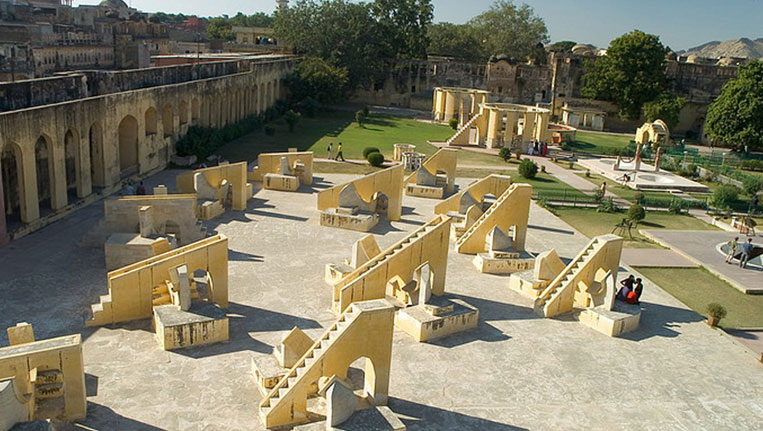
Before the modern-day clocks were made, people used different mechanisms to trace the movement of the sun and predict time. One such place famous in India in 18th century was Jantar Mantar of Jaipur. Commissioned by King Jai Singh of Rajasthan in 1738, this UNESCO World Heritage site in Rajasthan has a collection of 19 astronomical instruments. It boasts the world’s largest stone Sundial. Completely man-made, all these instruments were used to study and trace the movement of the Sun, the Moon and different celestial bodies.
Year of Induction: 2010
Category: Cultural
Western Ghats
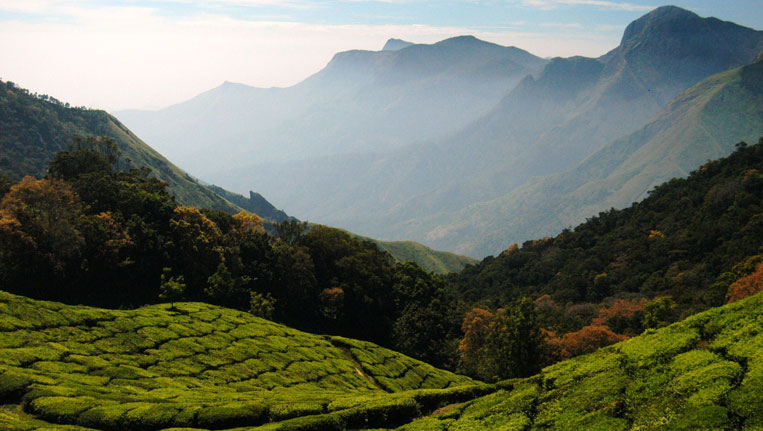
Contrary to the perilous mountains in North India, the mountains of Western Ghats offer a completely different landscape. A UNESCO World Heritage site, the Western Ghats run around north to south along the western edge of Deccan Plateau. Starting from the edge of Gujarat, it stretches to Maharashtra, Goa, Karnataka, Tamil Nadu, and Kerala. It constitutes various national parks and biodiversity reserves in the state of Karnataka, Kerala and Tamil Nadu. Home to some of the most endangered species of plants and animals, the entire range was declared a UNESCO World Heritage site to conserve the decreasing flora and fauna.
Year of Induction: 2012
Category: Natural — representing the ongoing ecological and biological process in the evolution of terrestrial and aquatic species and contains important and significant habitats for conservation of biological diversity.
Hill Forts of Rajasthan
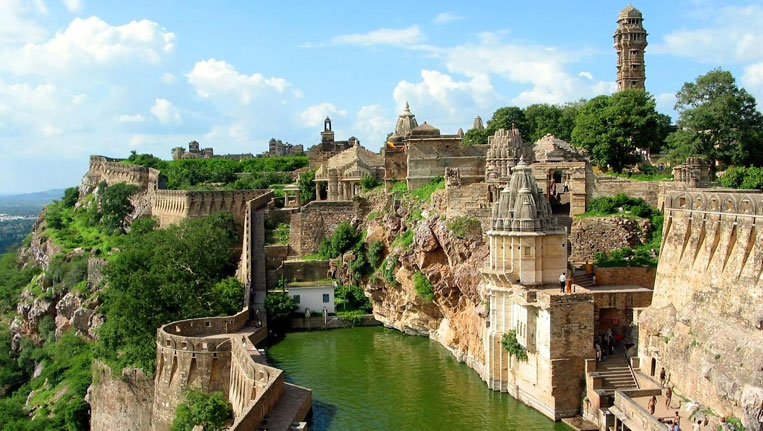
Remember the pit scene from The Dark Knight Rises? Well, that location which you believed to be some exotic location was actually a fort in the hills of Rajasthan. One of the most recent entries to the list of World Heritage sites in India, this heritage travel destination was declared a UNESCO World Heritage site in 2013. The hill forts comprise 6 forts: Kumbhalgarh Fort, Jaisalmer Fort, Chittorgarh Fort, Amber Fort, Gagron Fort, Ranthambore Fort. Situated on the Aravalli mountain range in Rajasthan, these forts are the testament of the power and glory of the Rajputana kingdom. While some of these forts are not in their actual glory, inside the walls of these forts, there used to be mini-cities with every facilities. Pride of Rajasthan tourism, these forts offer an insight into the glorious tales of history.
Year of Induction: 2013
Category: Cultural
Great Himalayan National Park, Himachal Pradesh
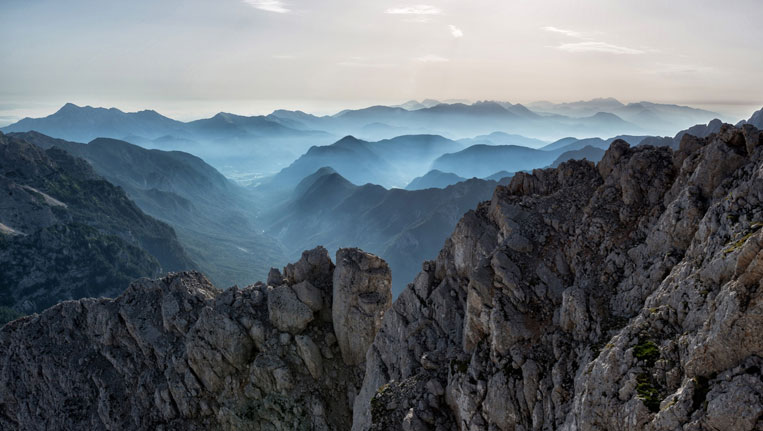
As the name suggests, The Great Himalayan National Park is spread over 754 square km and is home to more than 830 plant species and 400 fauna species. Located in the Kullu region of Himachal Pradesh, the upper part of the Great Himalayan National Park has several glaciers which contribute to the River Indus. Home to many endangered species, the addition of Great Himalayan National Park in the list of UNESCO heritage site has seen a growth in the population of endangered animals like that of the snow leopard. Protected under the Environment Protection Act, hunting in the national park is a criminal offence.
Year of Induction: 2014
Category: Natural — contains important and significant habitats for conservation of biological diversity.
Nalanda, Bihar
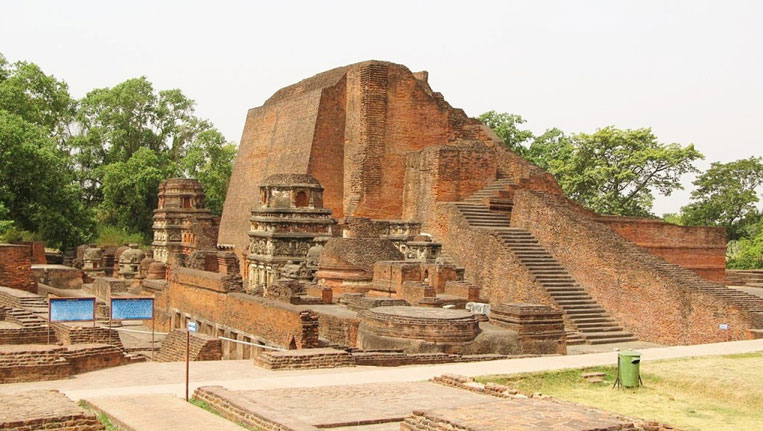
The ancient town of Nalanda, today in ruins, was a centre for learning and it housed numerous Buddhist Monasteries. Ancient Nalanda University, an abode for teaching and knowledge, was famous for its Vedic teachings and the remains of shrines and viharas in the complex are a witness of the glorious epoch. The hub for Buddhist teaching, Nalanda voices for the evolution of Buddhism as a full-fledged religion. One of the most famous UNESCO World Heritage site of Bihar, Nalanda in modern times witnesses tourist from all over the world.
Year of Induction: 2016
Category: Cultural — architectural marvel which depicts an important stage of human history and directly related with events or living traditions.
Khangchendzonga National Park, Sikkim
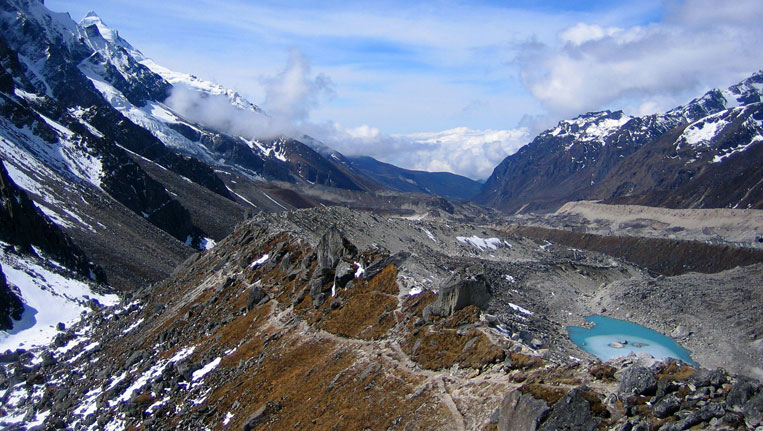
The pride of North-East India, Khangchendzonga National Park in Sikkim is the epitome of the beauty of the state. Declared a UNESCO World Heritage site in the year 2016, as the 35 UNESCO World Heritage site of India, the park is spread over 850 sq km. Elevation ranging from 1800 meters to 8500 meters, Khangchendzonga National Park is the gateway to the world’s third highest peak, Kanchenjunga Peak. The National park houses to some of the exotic flora and fauna with an occasional sighting of Snow Leopard. Famous for its trekking routes, the Park witnesses thousands of trekking enthusiasts hoping to explore the park.
Year of Induction: 2016
Category: Natural and cultural — contains important and significant habitats for conservation of biological diversity, contains areas of exceptional beauty, to bear unique testimony of a civilisation that lives or ever lived.
A trip to any of these places would be a saga to remember for life. Witness the tranquil beauty of these heritage sites and delve into the history and culture of India. So, don’t think much and plan your next trip to any of these places and let us know about your experience. And, if you’re looking for such sightseeing tours in UNESCO World Heritage Sites in India, you can contact us at Tour My India. You can call us at +91-9212553106 or send us your queries at info@tourmyindia.com and we’ll get back to you with affordable package tours where you can pick the one that suits you the most.
For any queries, feel free to post your questions in the comment section below.
Published: 14 Dec, 2018
Born and brought up in the Lucknowi tehzeeb, Ashwini wishes to someday settle in a quaint little town in the Himalayas. If you do not find him daydreaming about his travel plans, you’ll find him exploring the vastness of Youtube and Netflix. A travel romantic and a cricket fanatic, he also wishes to try every cuisine ever made in this world.


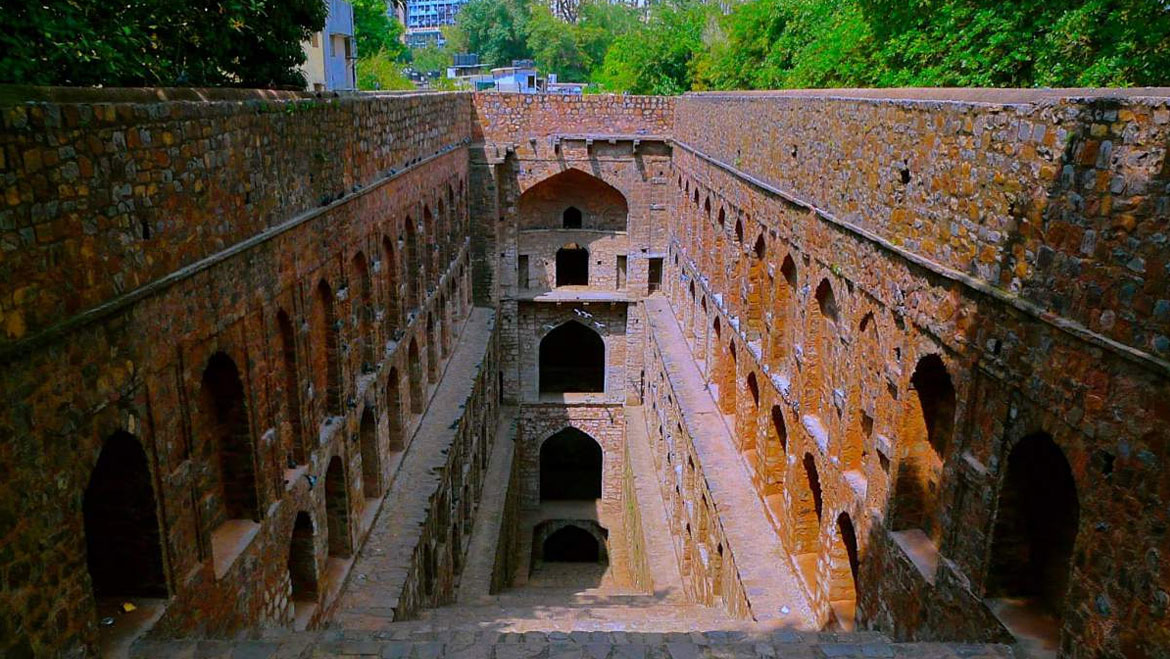
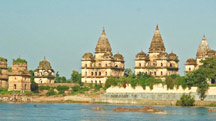 15 Nights / 16 Days
15 Nights / 16 Days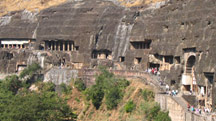 16 Nights / 17 Days
16 Nights / 17 Days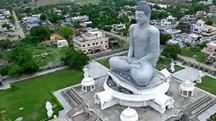 23 Nights / 24 Days
23 Nights / 24 Days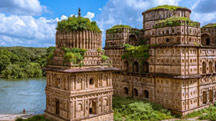 15 Nights / 16 Days
15 Nights / 16 Days
 2 Nights / 3 Days
2 Nights / 3 Days 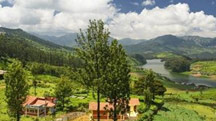 7 Nights / 8 Days
7 Nights / 8 Days 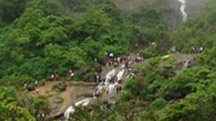 6 Nights / 7 Days
6 Nights / 7 Days 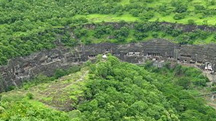 15 Nights / 16 Days
15 Nights / 16 Days 

 7 Nights / 8 Days
7 Nights / 8 Days 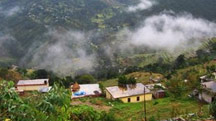 10 Nights / 11 Days
10 Nights / 11 Days 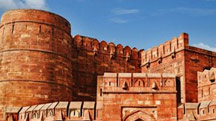 2 Nights / 3 Days
2 Nights / 3 Days 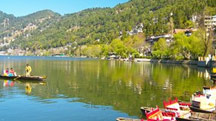 6 Nights / 7 Days
6 Nights / 7 Days 

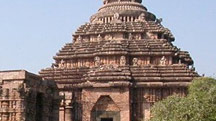 5 Nights / 6 Days
5 Nights / 6 Days 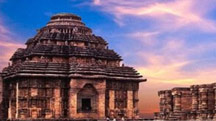 3 Nights / 4 Days
3 Nights / 4 Days 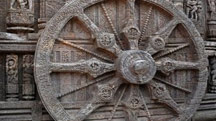 5 Nights / 6 Days
5 Nights / 6 Days 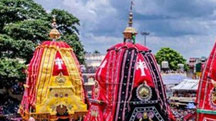 5 Nights / 6 Days
5 Nights / 6 Days 
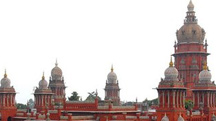 5 Nights / 6 Days
5 Nights / 6 Days 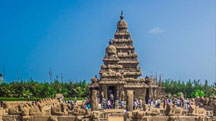 5 Nights / 6 Days
5 Nights / 6 Days 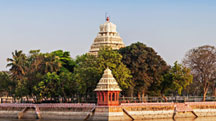 13 Nights / 14 Days
13 Nights / 14 Days 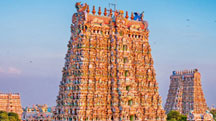 9 Nights / 10 Days
9 Nights / 10 Days 
 11 Nights / 12 Days
11 Nights / 12 Days  12 Nights / 13 Days
12 Nights / 13 Days  15 Nights / 16 Days
15 Nights / 16 Days  8 Nights / 9 Days
8 Nights / 9 Days 
 15 Nights / 16 Days
15 Nights / 16 Days 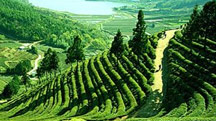 15 Nights / 16 Days
15 Nights / 16 Days 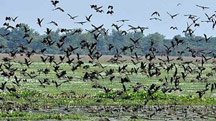 7 Nights / 8 Days
7 Nights / 8 Days 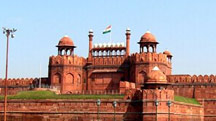 4 Nights / 5 Days
4 Nights / 5 Days 
 6 Nights / 7 Days
6 Nights / 7 Days 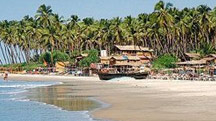 5 Nights / 6 Days
5 Nights / 6 Days  10 Nights / 11 Days
10 Nights / 11 Days  5 Nights / 6 Days
5 Nights / 6 Days 
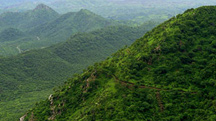 2 Nights / 3 Days
2 Nights / 3 Days 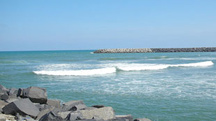 2 Nights / 3 Days
2 Nights / 3 Days 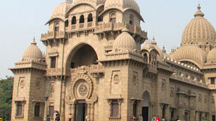 2 Nights / 3 Days
2 Nights / 3 Days  2 Nights / 3 Days
2 Nights / 3 Days 
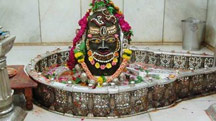 2 Nights / 3 Days
2 Nights / 3 Days 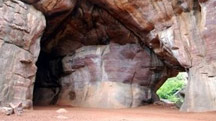 1 Nights / 2 Days
1 Nights / 2 Days 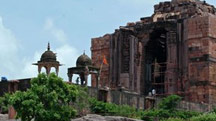 18 Nights / 19 Days
18 Nights / 19 Days 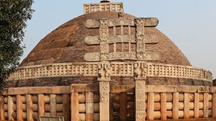 13 Nights / 14 Days
13 Nights / 14 Days 

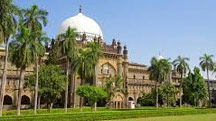 15 Nights / 16 Days
15 Nights / 16 Days  5 Nights / 6 Days
5 Nights / 6 Days 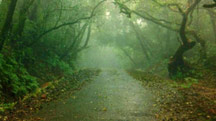 2 Nights / 3 Days
2 Nights / 3 Days 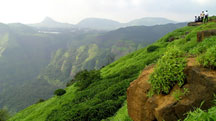 2 Nights / 3 Days
2 Nights / 3 Days 

 3 Nights / 4 Days
3 Nights / 4 Days  1 Nights / 2 Days
1 Nights / 2 Days  2 Nights / 3 Days
2 Nights / 3 Days 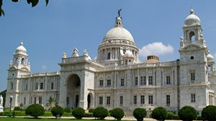 4 Nights / 5 Days
4 Nights / 5 Days 
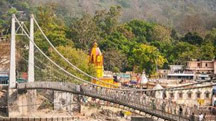 3 Nights / 4 Days
3 Nights / 4 Days  2 Nights / 3 Days
2 Nights / 3 Days 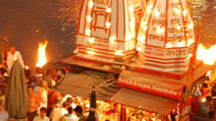 2 Nights / 3 Days
2 Nights / 3 Days 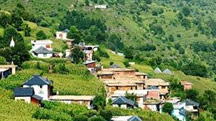 5 Nights / 6 Days
5 Nights / 6 Days 

 5 Nights / 6 Days
5 Nights / 6 Days  2 Nights / 3 Days
2 Nights / 3 Days  8 Nights / 9 Days
8 Nights / 9 Days  2 Nights / 3 Days
2 Nights / 3 Days 



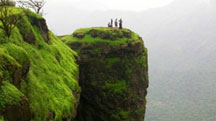 2 Nights / 3 Days
2 Nights / 3 Days 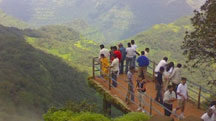 2 Nights / 3 Days
2 Nights / 3 Days 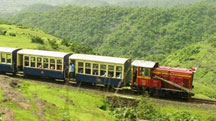 2 Nights / 3 Days
2 Nights / 3 Days 
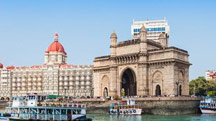 14 Nights / 15 Days
14 Nights / 15 Days 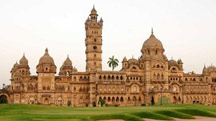 8 Nights / 9 Days
8 Nights / 9 Days 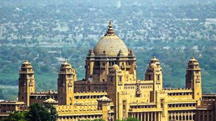 17 Nights / 18 Days
17 Nights / 18 Days 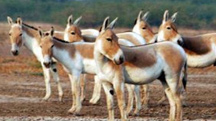 7 Nights / 8 Days
7 Nights / 8 Days 

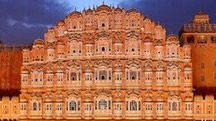 2 Nights / 3 Days
2 Nights / 3 Days  3 Nights / 4 Days
3 Nights / 4 Days  16 Nights / 17 Days
16 Nights / 17 Days 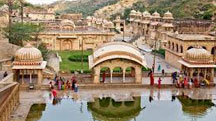 2 Nights / 3 Days
2 Nights / 3 Days 




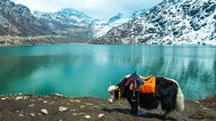 5 Nights / 6 Days
5 Nights / 6 Days 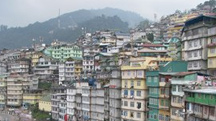 4 Nights / 5 Days
4 Nights / 5 Days 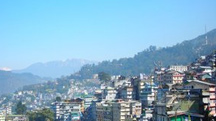 4 Nights / 5 Days
4 Nights / 5 Days  6 Nights / 7 Days
6 Nights / 7 Days 








